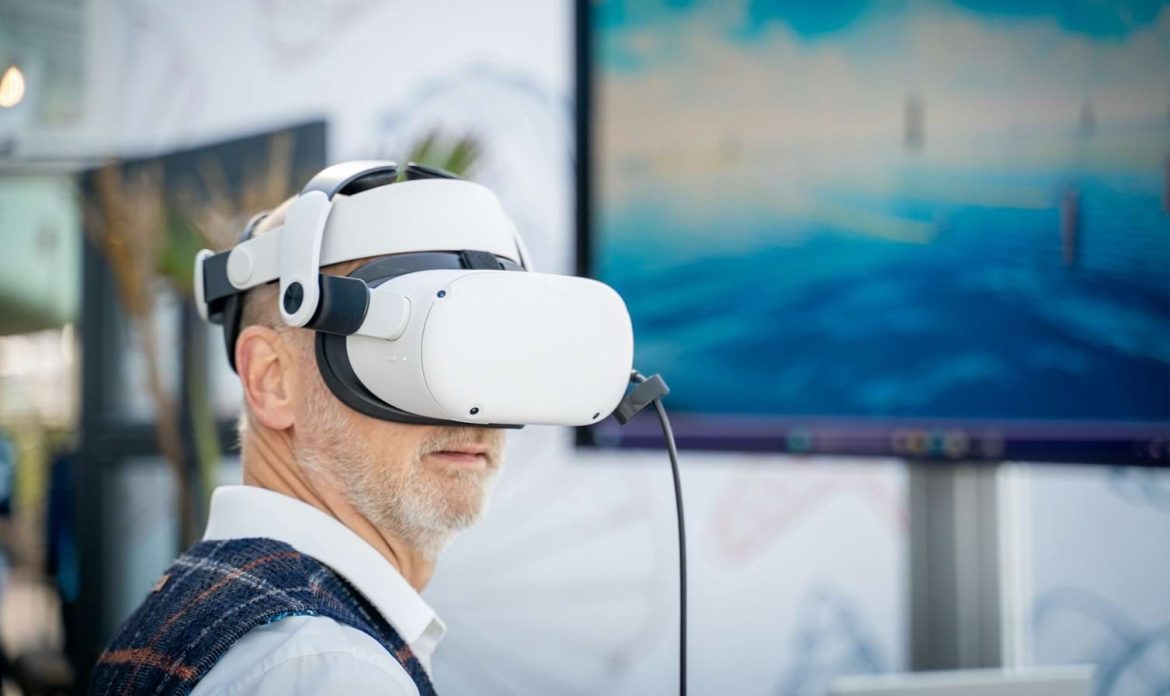The concept of Gemba Walks has its roots in Lean Management, a philosophy aimed at improving operational efficiency by reducing waste and optimizing processes. Introduced by Taiichi Ohno in the 1950s as part of the Toyota Production System, the Gemba Walk involves management physically going to the place where work happens, also known as the Gemba.
The purpose of this practice is to observe operations, gather accurate and reliable information, and make decisions based on firsthand knowledge. Today, the digital age has transformed this process into the virtual Gemba walk, which allows leaders to perform this critical task remotely, leveraging technology for real-time insights and feedback.
The virtual Gemba walk maintains the principles of the original practice but removes the physical constraints. Managers can now observe operations across different sites, time zones, and even countries without leaving their offices. This evolution of the Gemba Walk not only ensures that leaders can remain informed about day-to-day activities, but also opens up new opportunities for organizations to enhance productivity, engage in more meaningful interactions, and ensure a holistic perspective on their processes.

Accurate and Reliable Information through Technology
One of the greatest advantages of a virtual walk is the ability to obtain accurate and reliable information in real time. Traditional Gemba Walks required managers to be physically present, often limiting their access to real-time data from remote locations. With the virtual Gemba walk, organizations can integrate advanced tools such as video conferencing, live data feeds, and cloud-based reporting systems. These technologies enable managers to monitor workflows, production processes, and employee activities from a distance while receiving instant feedback.
The instant nature of digital communication means that decisions can be made quickly, ensuring that any necessary adjustments to operations can be implemented promptly. In Lean Management, speed and accuracy are vital to maintaining efficiency, and the virtual walk enhances these elements by providing a clear, up-to-date view of what is happening on the shop floor or in the office. This not only improves the decision-making process but also helps in spotting inefficiencies and areas for improvement more swiftly than traditional methods.
A Holistic Perspective on Operations
Another critical aspect of the virtual Gemba walk is the holistic perspective it offers on the entire operational landscape. When managers perform a traditional Gemba Walk, they may be restricted by physical barriers such as location and time. However, with the virtual Gemba walk, they can engage with multiple sites simultaneously, compare processes across different regions, and gain a comprehensive view of operations.
This expanded reach enables leaders to identify broader patterns that may be missed during a single site visit. Whether it’s understanding how various departments interact or assessing the impact of operational changes on different teams, the virtual Gemba provides a more complete picture. This holistic approach is particularly valuable for organizations that operate in multiple regions or have complex supply chains. The ability to observe and learn from multiple Gemba sites without the limitations of travel fosters more meaningful interactions between management and employees.

Enhancing Meaningful Interactions with Employees
While some may argue that the lack of physical presence in a virtual Gemba walk could diminish the quality of interactions between managers and employees, the opposite is often true. In fact, virtual tools can facilitate more frequent and focused communication. By integrating features like real-time video and messaging into their Gemba Walks, leaders can engage with employees in a more flexible manner, tailoring their interactions to specific issues and challenges.
This adaptability not only ensures that problems are addressed in a timely manner but also builds stronger relationships between employees and management. Employees feel more connected to the decision-making process when they have direct and immediate access to leadership. The virtual Gemba walk allows managers to ask questions, listen to employee feedback, and provide guidance without the interruptions and logistical challenges that physical visits might entail.




